Could Mercury Be the Cause of Your Chronic Symptoms?
Headache, brain fog, memory loss, depression, tremors, anxiety, neuropathy, fatigue, fibromyalgia, irritability, insomnia, sensitivity—any of these and more are possible signs of mercury poisoning.
“But I haven’t had any major mercury exposure…”
That’s what I thought when my mind wouldn’t let go of the word “mercury.” I had just finished watching the interview with nurse-mom Jennifer Walters a few days prior. Jennifer’s toddler son developed clear adverse symptoms after receiving multiple vaccines in one visit. She emphasized that multi-dose vaccine vials always contain mercury, no matter what the doctor may say.
Since then, “mercury” has lingered in my mind. Even though I thought aluminum and the COVID vaccine were my major problems, my subconscious was nudging me to investigate this, too. And whenever I get that persistent feeling I know that I need to take action. Small or big, I knew it was possible that an exposure to mercury was hurting me.
Dr. Anita Baxas recommended a book with a special protocol for chelating mercury: The Mercury Detoxification Manual, by Rebecca Rust Lee & Andrew Hall Cutler, PhD, PE.
Dr. Cutler, a health care consultant and biochemist, in response to experience and feedback, developed a safe method of chelating mercury which he used on himself for many years.
Once I read the symptoms of mercury poisoning I couldn’t put the book down. I knew I would try chelation, even though it would mean changes in my current supplements and protocols.
So, about two weeks ago, my new chelator arrived and I began detoxing for mercury.
It’s important to note that chelating mercury can be dangerous if done incorrectly. I’ll explain why later. However, Dr. Cutler’s book has everything you need to chelate successfully. It provides do’s, don’ts, and safety guidelines. It provides a slow, adaptable, long-term procedure. And most of all, it provides encouragement that chronic disease caused by mercury poisoning can be reversed!
Mercury Exposure
I was stunned to realize how many of my symptoms correlate to mercury poisoning. Like Dr. Cutler, I wish I had known about this many years ago.
Mercury exposure many of us in the United States starts in infancy or early childhood.
I grew up in the 80s and 90s, when children were more likely to be given a vaccine with mercury in it. Until now, I had no idea that mercury was even in vaccines. Apparently, it still is—in the form of “thimerosal.”
According to Dr. Baxas’s article on vaccine ingredients:
The EPA (Environmental Protection Agency) sets the limit for daily mercury exposure at 0.1 micrograms per kilogram body weight. Based on this limit, a baby weighing about 5 kilograms (11 pounds) should not receive more than 0.5 micrograms of mercury. Thimerosal is 50 percent mercury by weight. If the mandatory vaccine schedule issued by the CDC is followed, a baby will receive 62.5 micrograms of mercury at the second month visit, 125 times the EPA’s limit! The United States Public Health Service USPHS claimed that there was no evidence of harm caused by this exposure to mercury, even though no studies had been done yet. Four months later, the CDC initiated a study to see whether children were suffering ill effects through mercury exposure. The lead epidemiologist found that higher doses of thimerosal were associated with increased risk of neuro-developmental disorders. Despite this finding, the CDC issued a statement that not vaccinating children posed the greater risk than the exposure to mercury without having studied the first claim. It has also never been proven that not vaccinating children poses a threat.
Mercury levels in vaccines are so high that the EPA classifies them as hazardous waste. Vaccines with 0.01 percent of mercury in them contain about 50 micrograms per liter of mercury, which exceeds the 0.2 microgram per liter hazardous waste toxicity characteristic regulatory level of mercury 250- fold. Vaccines are not allowed to be thrown into household trash or infectious waste trash. They have to be handled as hazardous waste. And this is injected into babies?
People may think avoiding infant or childhood vaccines is not a choice. But it is. It just may require insistence and vigilance.
As far as I can tell, Dr. Cutler believes in germ theory and still recognizes the hazard that early vaccinations poses:
“After your child is born, do not let them be given any vaccinations. Have another adult with you who will follow the child around the hospital and prevent it. Write “NO VACCINATIONS” on every piece of paper they give you. […]
“If for some reason vaccinating your child is unavoidable, make the nurse let you handle and read the vaccine vial and the paper that comes with it. Make sure it is the vaccine you were told. Make sure there’s only one dose in the vial (all multidose vials are preserved with mercury, there are no exceptions). Make sure the papers and the vial state that it is preservative free. Then watch the nurse prepare the syringe and give the vaccination. Do not let this occur out of your sight. These precautions will reduce the risks to your child but the risks of vaccinating are still quite substantial.”
He recommends that if you must vaccinate, wait until the child is at least 5 years old. They will at least be bigger and more developed.
Other Exposures
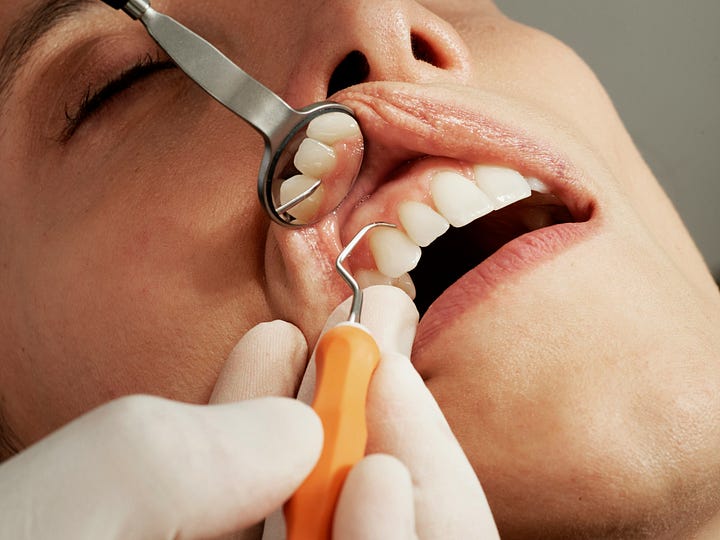

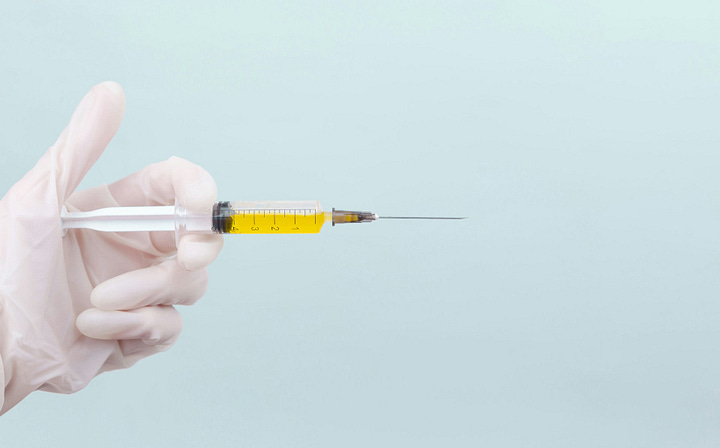

There are also a variety of other sources from which even the everyday person could have mercury exposure.
seafood
dental fillings (amalgam or “silver”)
injections
environmental mercury from mining/drilling
cosmetics (as a preservative, ex: mascara)
medications
compact fluorescent light bulbs
old thermometers
electronic devices
paint
antiques
(At the end of this article, I’ll include some other names for mercury that you may find on products.)
Long ago, before the risks were fully understood, some children even held and played with mercury.
The danger is that mercury stays in the body and accumulates over time. And many of us were exposed from infancy or early childhood. But despite some of these exposures, it can take a long time for symptoms to become apparent. The Mercury Detoxification book includes a child development chart that can help parents distinguish early symptoms of toxicity.
Alternate Diagnoses for Mercury Poisoning
Mercury can also cause symptoms later in life that may be misdiagnosed as something else.
Some of these symptoms may include:
headache, brain fog, memory loss, depression, tremors, anxiety, neuropathy, fatigue, fibromyalgia, irritability, insomnia, vertigo, body aches, abdominal pain, cognitive decline, changes in vision or hearing, numbness or tingling in hands & feet, thyroid issues, adrenal issues, food sensitivity/allergy, leaky gut, frequent urination, difficulty focusing, feeling too hot or too cold, blood pressure too high or too low, frequent illness, etc.
Severe poisoning may be diagnosed as:
Parkinsons, multiple sclerosis (MS), amyotrophic lateral sclerosis (ALS), Alzheimers, dysbiosis, lupus, irritable bowel syndrome (IBS), obsessive compulsive disorder (OCD), multiple chemical sensitivity (MCS), chronic fatigue syndrome, autoimmune diseases, “idiopathic” diseases, etc.
“There are many diseases of unknown origin that can ‘just be mercury.’ These include multiple sclerosis, Alzheimer’s disease, amyotrophic lateral sclerosis, Parkinson’s disease and many more. If you have a chronic disease for which nobody knows the cause, look closely at the possibility of mercury poisoning. Mercury poisoning is curable, whereas these chronic diseases rarely are. Don’t condemn yourself to taking expensive drugs with terrible side effects while you suffer and die. Chelate instead and get better!”
The Mercury Detoxification Manual
I have a personal theory about my muscular dystrophy which I feel makes it appropriate for this list, too. I believe my “frozen” muscles are a protective reaction to keep toxins isolated in muscle tissue (a safer location) rather than allowing them to travel to other sensitive areas of the body. In this case, it makes sense that the more I tried to reconnect, bring sensation & blood flow back into my muscles, and use them—the more I experienced symptoms of metal toxicity, especially brain fog.
Very gradually and slowly my muscles are softening as toxins leave, but I definitely don't want them in my organs!
Mercury’s propensity for being attracted to organs like the brain, liver, thyroid, & adrenal glands is part of what makes chelation risky if not done correctly. This is why Dr. Cutler’s method is so helpful!
Cautions If You Have Been Exposed
Since there are safety considerations, I am not going to detail the chelation method here. I recommend buying the book. It’s about as expensive a cheap college textbook, but it’s well worth it in my opinion.
However, I will post a few helpful “Don’ts” here, if you believe you have been exposed to mercury:
Don’t chelate if you have amalgam dental fillings. This will pull the mercury from your teeth into the rest of your body and make you very sick. You must have these fillings removed before chelating.
Don’t take any chelators other than what is listed in the book until you are clean of mercury. This includes cilantro, which is a natural chelator. (I have also stopped taking EDTA for this reason.)
Don’t take massive quantities of alpha lipoic acid (or ALA—the chelator recommended in this method). It has become a health fad to take 600 mg/day, for example. This dosage size will redistribute massive amounts of mercury to sensitive organs and only clear a small amount out of your body.
Many of the other “don’ts” are short-term and more useful after deciding to commit to Dr. Cutler’s method.
However, if you do decide to chelate, be aware that even doctors who are trained in chelation therapy don’t use the slow and steady method developed by Dr. Cutler. They will want to give you a large IV infusion. Like in the third bulletin point above, this could redistribute massive amounts of mercury. Tests may show that you are chelating the metal out, but those tests can’t measure how much your organs are retaining.
This is why it may be safer to self-chelate with the manual.
My First Two Weeks of Chelation
The first few things I noticed upon starting chelation:
My muscle tension relaxed in some places and blood flowed more freely. This relieved some of my pain.
I had more energy and felt slightly euphoric.
It was harder to get back to sleep after waking for my nighttime doses.
The flavor of the ALA is the most vile thing I have ever tasted! (It was more tolerable by week 2). Maybe the tablets are less vile than the liquid ALA I bought, but tablets were not logistically an option for me.
Like I was doing with the EDTA, there is a chelation period and a “rest” period. So, I chelated for several days and then rested for several more. I started on the recommended dose (which is very small).
The idea is to work up, week by week, to a dosage in which symptoms are tolerable (chelation disturbs mercury, which causes symptoms during the rest period). Eventually, if you have had no symptoms on the recommended final dosage for at least six months, you can consider yourself clean. The process can take a year or more, from what the book describes.
So far, my two most severe symptoms have been fatigue and pain, which I am already accustomed to managing anyway.
Years may sound like a long time, but improvements will come along the way. I have already experienced some, myself. My hope is that it won’t take years to get better. But more importantly, I’m committing to healing. Healing is more important than how long it takes.
Encouragement If You Are Suffering
Not only is Dr. Cutler’s manual very detailed and concise, but it provides much-needed validation.
Anyone who has suffered long-term illness, especially an “invisible” or rare illness, has faced invalidation at some point. Many of us endure our challenges with less support than we wish. Others who have not suffered similarly don’t have the experience to understand. Some people want to help, but don’t know how or can’t afford to do so long-term.
Isolation and loneliness can be quite heavy to a person with chronic illness. In cases like this, it helps to hear the voices of those who can relate.
I appreciate the following quotes from the manual:
“In the face of this attitude [invalidation] you may even start to doubt yourself and think that this is really all your fault. You may think it is something you are imagining and you should just try harder and have more discipline. This is not true! You are poisoned and you are sick and are taking valiant action to get better.”
“Getting better is now your most important job and everything else takes second place. Realize that you have a great deal less energy and time than a healthy person. Forget about getting stuff done. Just do the bare minimum you can get away with. Your new and important job is to heal.”
“You will make some surprising discoveries concerning who really cares about you and who doesn’t, about whom you can or can’t trust. Don’t let this upset you. Be practical and pragmatic. You are doing something unusual that doesn’t fit in with a lot of people’s lives and beliefs. You may need to distance yourself from some people you are close to. When you get better you can pick up those relationships where you left off. On the other hand, a few people whom you may not be all that close to right now will be understanding and compassionate. Let them be your friends. Let them help you. Appreciate people who are willing to give you what you need rather than what they think you need. Be glad that people who respect your real needs are around and let them into your life.”
This last quote is exactly what has happened to me.
I would add that a lot of people in our lives are poisoned and do not realize it. This is why it’s helpful to be practical and not let anyone’s behavior upset you. When things get ugly, we sometimes call people and relationships “toxic.” Don’t be surprised if this is literal. Also, don’t be surprised if healing changes your relationships.
Not every poisoned person exhibits “toxic” behavior, though. Some people hide their struggles, even from themselves—and for a long time, too. Give everyone the benefit of the doubt. All bodies are different. All human beings are different. If we knew what ailed us, many of us would work toward healing.
“If you have savings, you may need to use them. This is the kind of thing people save for.”
“Being poisoned is different from having something like a traumatic injury or a tumor. Your body is not like a building that you have damaged by knocking out some bricks or stones. It is more like a river that is clogged up with some nasty garbage. The poison is interfering with dynamic, flowing, biochemical processes. The poison is keeping these processes from running smoothly and in the course they are supposed to follow. Clean out the poison and your body will revert back to health, like a river that can suddenly run smoothly again.”
“We urge you to chelate and detoxify! Have faith and stick with it! With every round, you will reduce your toxic burden. With every round, your memory will improve, your mood brighten, your sleep become deeper, your thoughts come under better control, your guts better able to digest dinner and you will feel less overwhelmed by life.”
I love the hopefulness and practicality in these statements. This is the mindset that it takes to succeed at getting better. Even those who feel awful now will begin to have this attitude if they can persevere. This is something that pain has taught me over the years.
How do you know if you need to chelate?
Consider the following:
Am I experiencing several of the symptoms at the beginning of the article?
Do I have a chronic illness with no known cause, cure, or effective treatment?
Have I had exposure to mercury? How much?
Is the word “mercury” weighing on my mind after reading this article?
You know best what you need.
The authors emphasize that trying chelation doesn’t hurt (it may not taste great, though!). But there is a simple test you can do to determine your toxicity.
Try several rounds of chelation per the Mercury Detoxification Manual, doubling the dosage each time until you experience noticeable symptoms or find that you have no symptoms (do not do this if you have amalgam dental fillings!).
An alternative would be to do a hair test. For this you would need a doctor's help because it requires a lab test. A hair test can tell you better than a urinalysis whether mercury is a concern.
As for me, I look forward to continuing to use this new tool. I’ll provide updates if there are any other substantial changes as weeks progress.
Take care and be well!
With love,
Ordinary Girl
Other Names for Mercury
amide chloride of mercury ammoniated mercury blue mass blue pill calomel (mercurous chloride) calomelol cerosan cinnabar (mercury sulfide) ethylmercuric chloride ethlmercury thiosalicylate granosan Hg hydrargryi oxydum rubrum (red curic oxide) merbromin mercadium lithopone red mercadium red (cadmium mercury red) mercumatilin sodium mercufenol chloride mercuric chloride mercuric iodide mercurochrome mercurophen mercurous chloride mercury iodide mersalyl merthiolate phenylmercuric acetate phenylmercuric nitrate quicksilver red mercuric oxide sindoor thimerosal thiomersal vermillion yellow mercuric oxide
Source: The Mercury Detoxification Manual
Additional Note:
On the topic of virology—
Matthew North’s write-up of the Controls Studies Project related to cell cultures has been peer-reviewed by NEXT LEVEL and deemed “high quality evidence.” AI peer review is a tool that many hope will reduce human error and bias in determining the quality of scientific research.
Final Conclusion:
Cytopathic effects in cell cultures are non-specific and can arise from media composition or antibiotics. The study results demonstrate this with high evidence quality per NEXT LEVEL criteria. A causal link to hypothetical pathogens (e.g., viruses) is thereby not proven; instead, the findings refute the specificity of CPEs.
You can check out & download the peer-reviewed article here.
**Please note that I am not a doctor. This article is not intended as medical advice. Use your own best judgment when deciding what changes to make in regards to your health.**





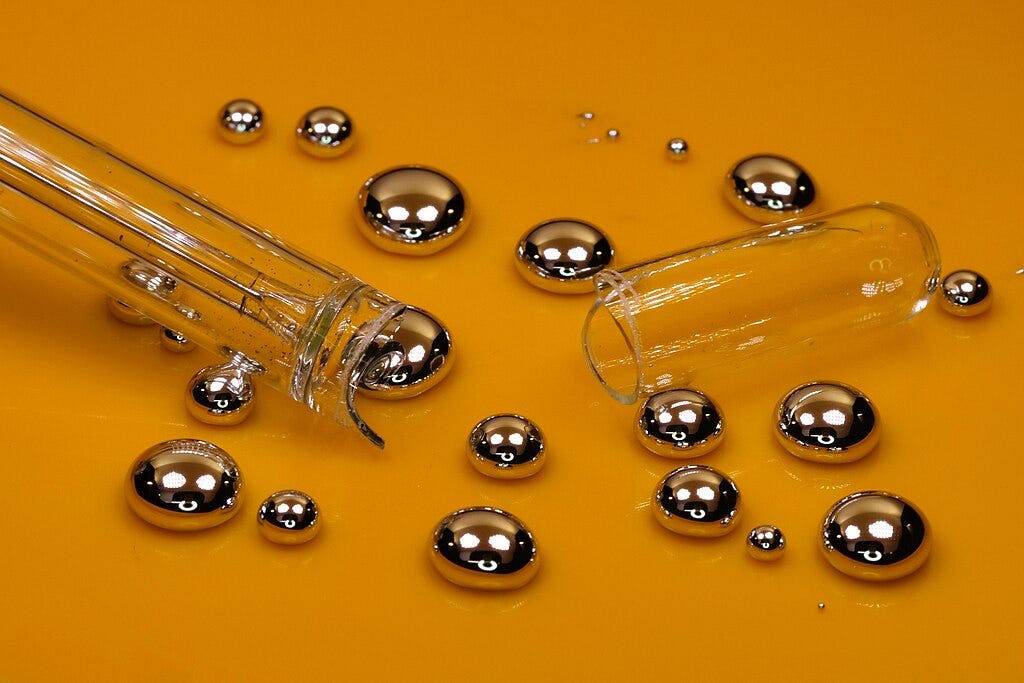
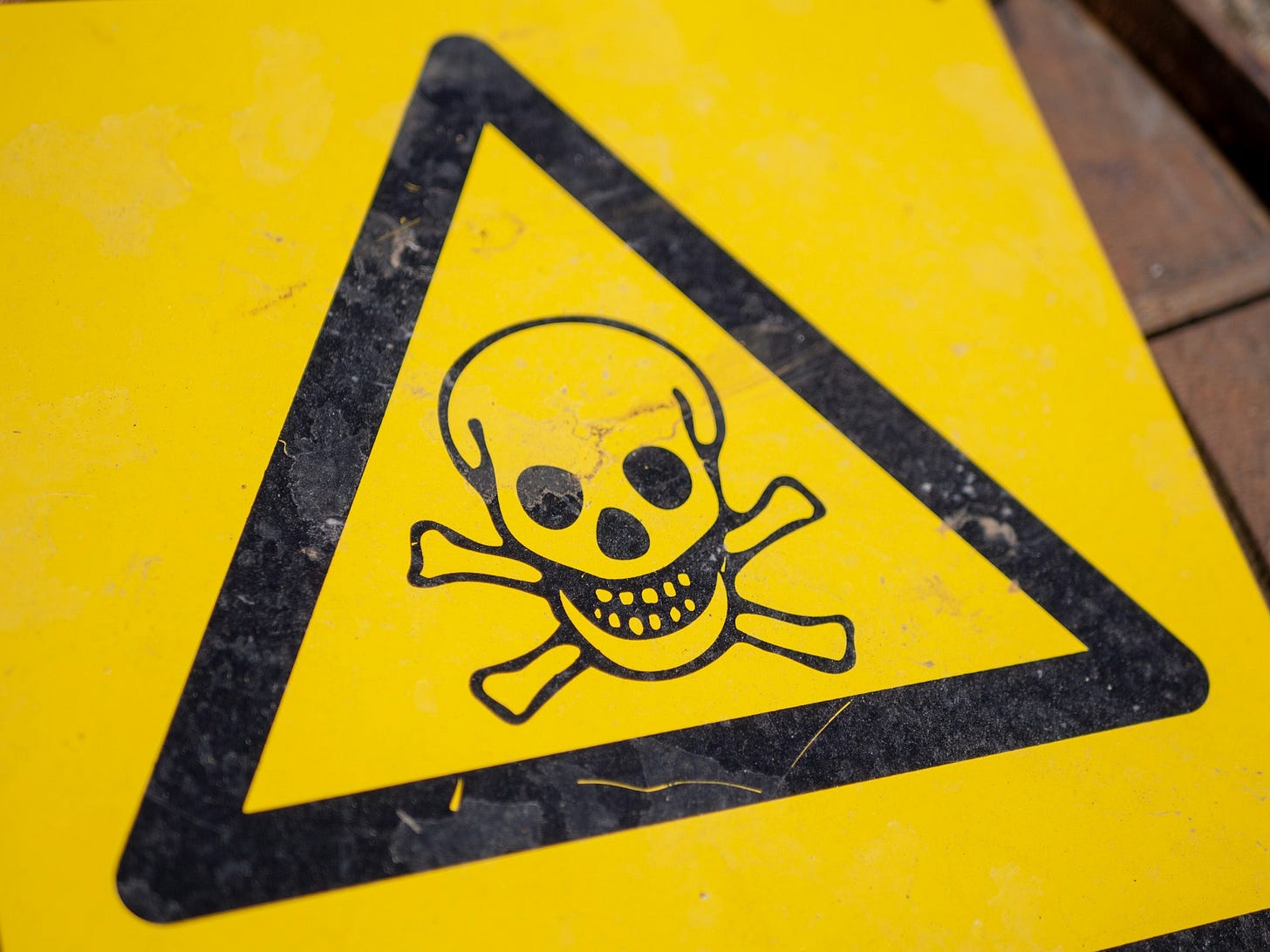

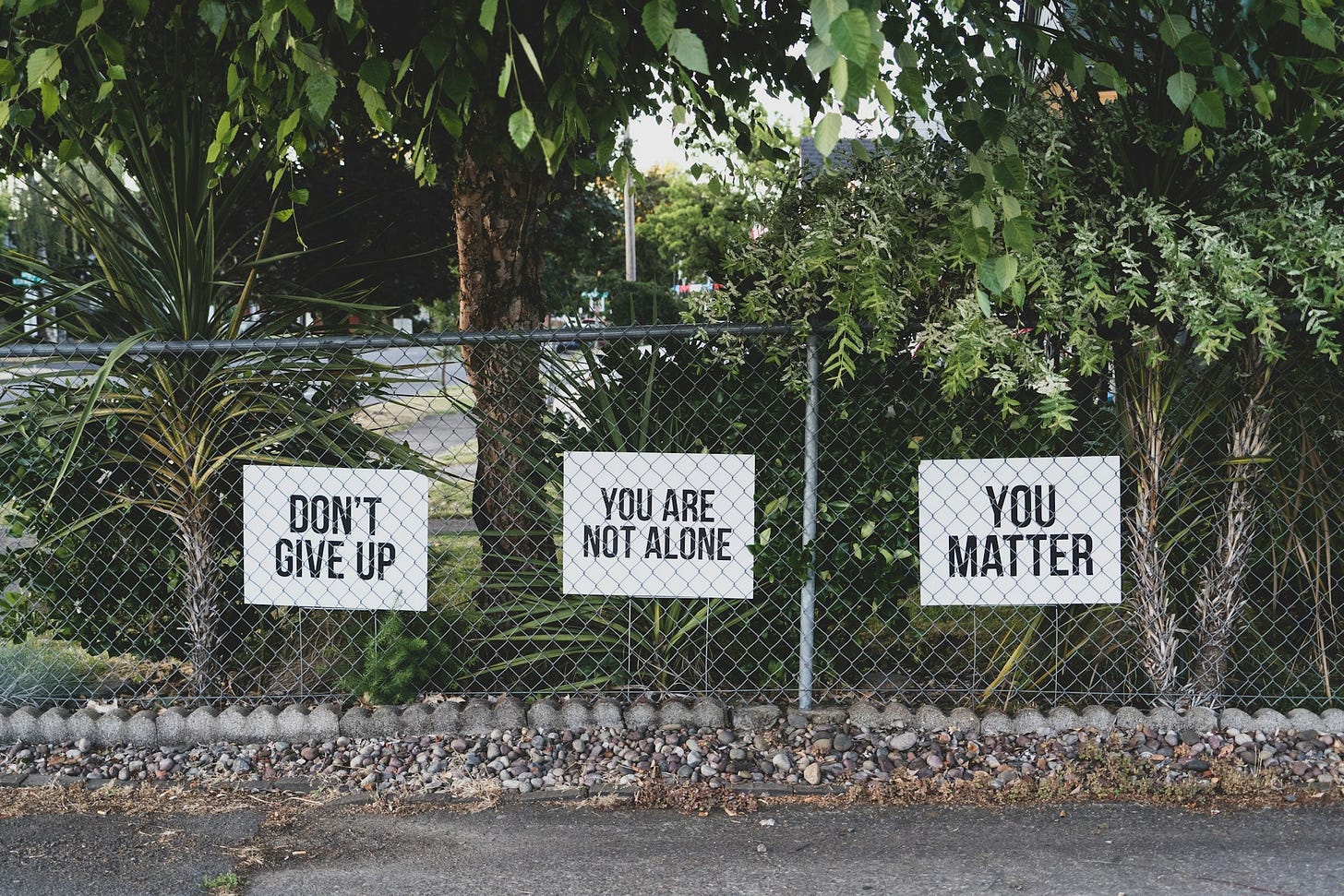
You always amaze me. I played with mercury once when the thermometer broke. It was really cool. I guess that balances out with the vaccines I never recieved. Yikes. I only have a few of the above symptoms and they coinside with menopause. So I have no clue. IOur bodies are so amazing as well as the technologies that we have to heal them. I think of you often. Love ya.